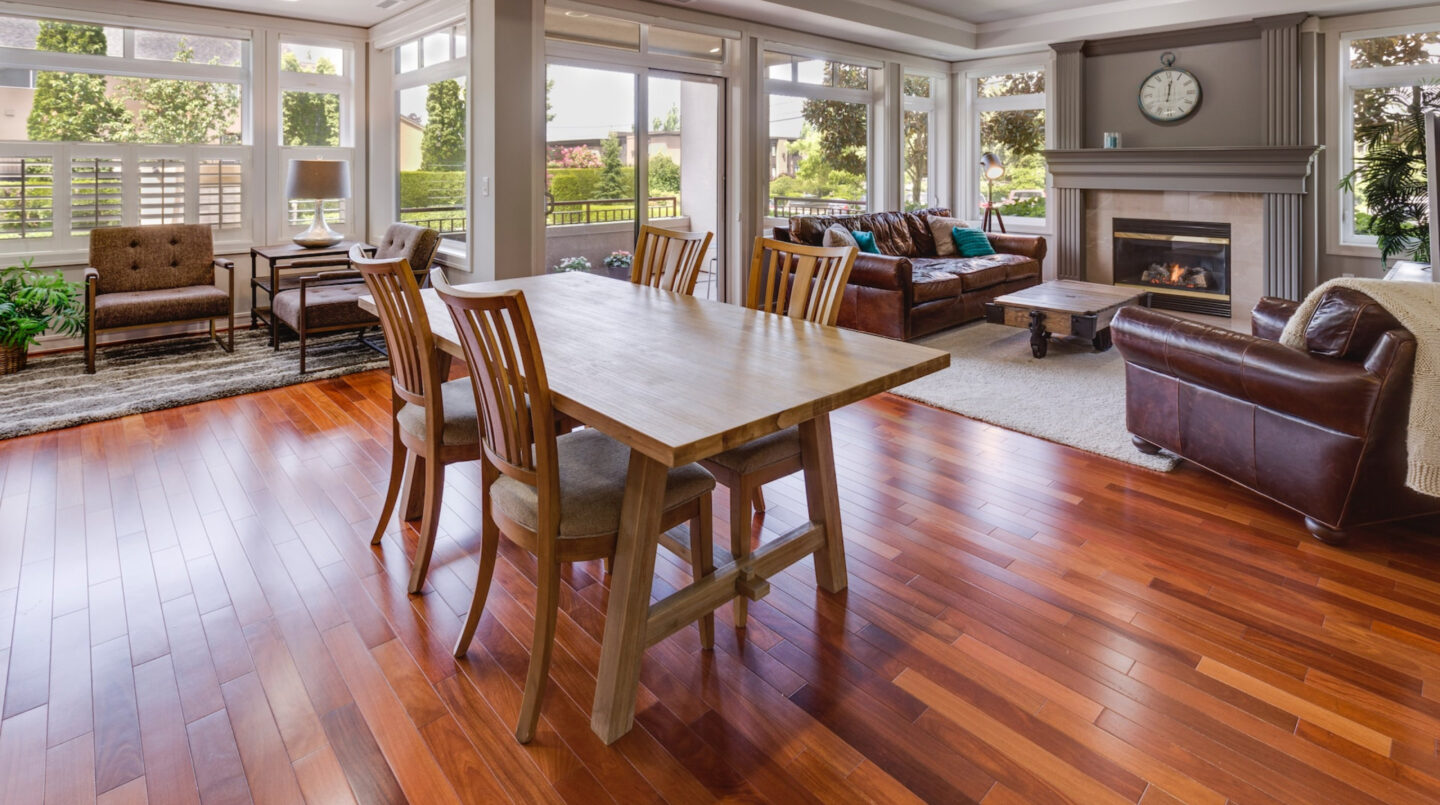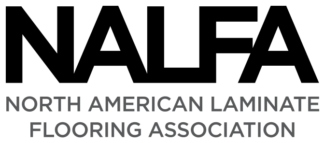
FAQ
-
Do you offer warranty for your work?
Yes, we offer a one year warranty and follow industry guidelines and manufacture specifications.
-
Are you insured?
Yes, we are insured for residential and commercial jobs. Proof of insurance can be provided per customer request.
-
Can you install flooring that I bought elsewhere?
Yes, we are certified installers and are happy to work with you regardless of where you purchased your flooring.
-
Do you offer free estimates?
Yes, we offer free estimates. Give us a call at (913) 433-0881 or fill out our form.
-
Do you repair other people's work?
Yes, we’re happy to repair and refinish any flooring even if it wasn’t installed by us.
-
Can you provide references?
Yes, please check out our reviews on Google.
-
How long will the job take?
Timing depends on the size and complexity of the job. We can give you a better estimate when you call for a consultation.
-
Will my floors need to acclimate?
Yes, your new floors will need at least 72 hours to acclimate to its new environment. It’s best to leave it inside the room it will be installed in, with the boxes open, for at least 5 to 7 days before installation.
-
What is the difference between painting, staining and refinishing my floors?
If you’ve ever looked up hardwood flooring online, you probably bumped into three terms: “painting,” “staining,” and “refinishing.” “Painting” is straightforward; but what about the other two? “Staining” is the process of changing the wood to a darker color, usually by hand-applying a liquid wood stain product. “Finishing” is the process of applying a varnish, which, along with a coating of sealant, helps to protect the wood while giving it a glossier look. “Refinishing” involves redoing the current finish on your flooring, which revitalizes and restores its appearance. These procedures can be messy and difficult (especially if you’ve never done them before), which makes it a good idea to let the professionals handle the job.
-
How durable is luxury vinyl?
The lasting beauty or durability of the floor is a top priority for many homeowners. Durability not only ensures that you get the best value for your dollar; it also means that your floors will stay looking great for years to come. Luxury Vinyl is known for its high durability thanks to its superior wear layer. The wear layer keeps the original appearance of the floor and provides easy maintenance. The importance of selecting flooring with the proper wear layer depends on your homes needs – do you have pets? kids? heavy foot traffic?
-
Which tiles are best for flooring?
The answer to this question all depends on you: your personal tastes and aesthetic style, your lifestyle, which room you’re re-flooring, and the environment where you live. For example, ceramic tiles might be ideal for a bathroom or humid environment because they are highly resistant to moisture. No matter what you have in mind, the experts at Get It Installed can help you find competitive prices on gorgeous products that fit your needs, your budget, and your sense of style.
-
What is the most durable floor tile?
Most people think of porcelain as a fragile material used to make dolls and fine china. But believe it or not, porcelain is also one of the toughest types of tile and is resistant to damage from water, staining, pet claws, and furniture. If durability is a high priority for you, porcelain tile floors might be a good option. Porcelain tiling is available in both glazed and unglazed varieties, depending on what sort of texture and surface you want to achieve. Porcelain tile also comes in a wide range of colors and patterns, making it both durable and attractive.
-
What is engineered hardwood?
Engineered hardwood floors are wooden floors made with multiple layers of wood adhered together, rather than one plank cut from a single timber, to create flooring planks available in multiple sizes and thicknesses.
The top layer, often referred to as the veneer, is made of the species of wood desired to be seen. The bottom layer is also made of wood, but not necessarily the same species as the top layer. In the middle is a core built from 5 to 7 layers of plywood that crisscross in different directions.
The species of wood uses for these core layers will vary depending on the quality of the product. Higher quality engineered wood products will boast core layers made of higher grade hardwoods.
This crisscross construction of the core layers creates a highly stable core that is less likely to expand, contract or shift when exposed to moisture, humidity and temperature. This makes engineered wood flooring a great option in rooms that are subject to moisture (like basements) or over concrete slab and radiant heating systems.
Often times engineered hardwood products are warrantied for use in rooms where solid hardwood would not be warrantied, such as below grade.
-
Engineered hardwood or laminate?
Engineered hardwood and laminate are both hard surface products made of multiple layers of materials and both can have the look of beautiful natural wood, but only engineered hardwood is made from real wood. Laminate is comprised primarily of a wood fiber core produced from recycled wood fibers, sometimes referred to as a high-density fiber (HDF) core, with an image of the desired flooring printed on top and coated with a durable wear layer. With the help of modern printing and embossing technologies laminate can be made to look and feel like wood, stone, porcelain or other flooring products while still having the same compressed wood-fiber layer. In contrast, the grain and texture you experience with engineered hardwood is the real deal, a layer of natural wood cut from an actual wooden timber. In some cases the core layer of engineered hardwood may also be a HDF core instead of layers of real wood or plywood, but the top veneer will always be real wood. -
How durable is engineered hardwood flooring?
Engineered hardwood flooring is very durable as it is constructed with multiple layers of wood. The top layer is a veneer of solid wood that can be finished in a variety of species. The exact durability is determined by the hardness of the hardwood veneer species, as some species are harder than others. To increase your flooring’s durability, try capping your furniture with felt pads, which will reduce damage from friction and scraping.
-
What is laminate flooring?
Laminate is an affordable, multilayered flooring product made from tightly compressed wood fiber and designed to look like wood, tile or stone. Laminate flooring products typically have four layers: the backing layer, the core layer, the image layer, and the wear layer. The backing can vary depending on the product but is often made of cork, felt or another soft product to allow the laminate to sit comfortably on the floor. The core layer is typically comprised of recycled wood fibers tightly compressed into a dense wood-like core, sometimes referred to as a high-density fiber (HDF) core. The image layer is where the desired look (e.g. wood, stone) is printed onto the product and texture is added through a process called ‘embossing’ to make it feel similar to the material it is made to look like. The wear layer is a clear protective layer manufactured on top of the image layer. The wear layer is often made from aluminum oxide and designed to prevent the floor from scratching or showing excessive wear over time. Higher quality laminate products often boast an extra resilient wear layer that makes the product scratch, dent and fade resistant.
-
Is laminate flooring waterproof?
In some cases yes, but not always. Some laminate products on the market that advertise themselves as waterproof but typically laminate floors are not. With more common laminate water can cause major damage, especially if the water soaks into the wood pulp core causing it to expand and damage the rest of the plank and those planks around it. There are many waterproof vinyl plank alternatives to laminate that will perform similar or better than laminate, and resist water damage, at a similar price point.






